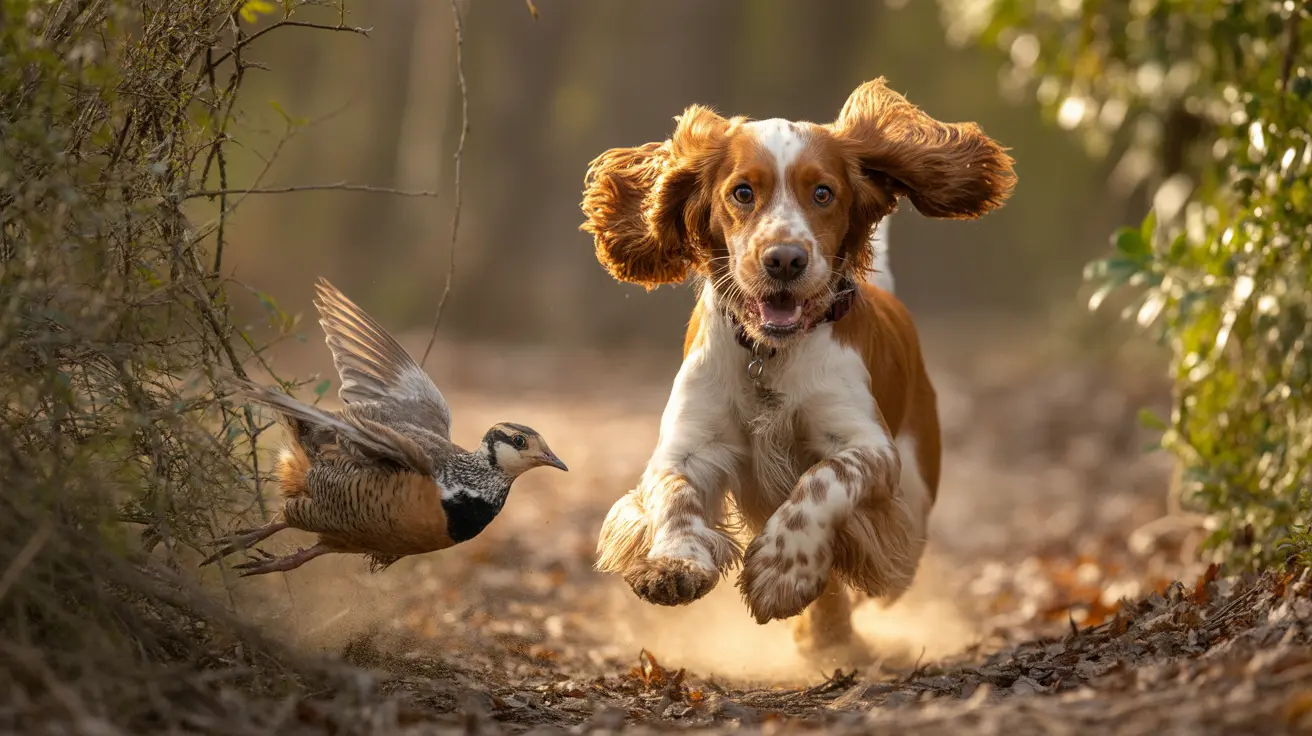When we look at the cheerful, friendly Cocker Spaniel today, many might not realize these beloved pets were originally bred for a very specific purpose. Cocker Spaniels were developed as specialized hunting dogs, particularly excelling at flushing and retrieving game birds from dense undergrowth. Their breeding history spans centuries and showcases the remarkable journey from dedicated hunting companion to modern-day family pet.
The Historical Origins of Cocker Spaniels
The Cocker Spaniel's story begins in Spain, where the breed's ancestors first emerged. The name "spaniel" itself likely derives from "Hispania" (Spain) or the French term "Chiens de l'Espagnol" (Spanish dog). By the 1300s, these dogs were already well-established in European hunting circles, particularly in Britain, where much of the modern breed development would occur.
British hunters refined these spaniels into distinct types based on their hunting purposes. The smaller dogs, which would become Cocker Spaniels, were specifically bred to excel at hunting woodcock, hence their name "cocker." This selective breeding created a dog with the perfect combination of size, strength, and agility for this specialized task.
Hunting Capabilities and Physical Traits
Cocker Spaniels were meticulously bred to possess specific physical characteristics that made them exceptional hunting companions. Their compact yet sturdy build allowed them to navigate through thick brush effortlessly. The breed's water-resistant double coat protected them from thorny undergrowth and wet conditions, while their long, pendulous ears helped to stir up scent during the hunt.
These dogs demonstrated remarkable stamina and agility, essential traits for long days of hunting. Their strong retrieving instinct and soft mouth meant they could carefully carry game birds back to their handlers without damaging the quarry.
Evolution into Modern Breeds
As time progressed, the Cocker Spaniel evolved into two distinct varieties: the English and American Cocker Spaniels. The English variety maintained more of its original hunting characteristics, while the American version was gradually bred more for show and companionship, resulting in a slightly smaller size and more pronounced coat.
The formal separation of these breeds occurred in the mid-20th century, with the American Kennel Club recognizing them as distinct breeds. This division reflected the different purposes and preferences that had developed on either side of the Atlantic.
Modern Role and Adaptations
While some Cocker Spaniels, particularly English Cockers, continue to work as hunting dogs today, most have transitioned into the role of family companions. Their intelligence, affectionate nature, and manageable size have made them popular pets worldwide. However, their hunting instincts remain evident in their keen sense of smell, love of outdoor activities, and natural retrieving abilities.
Frequently Asked Questions
What were Cocker Spaniels originally bred to hunt?
Cocker Spaniels were primarily bred to hunt woodcock, a game bird found in dense undergrowth. They were also effective at flushing and retrieving other game birds and occasionally small game.
How do English and American Cocker Spaniels differ in their hunting abilities?
English Cocker Spaniels generally maintain stronger hunting instincts and are more commonly used as working dogs. American Cocker Spaniels, bred more for show and companionship, typically have less pronounced hunting abilities but retain basic instincts.
Why is the breed called "Cocker Spaniel"?
The name "Cocker" comes from their specialization in hunting woodcock birds. "Spaniel" refers to their Spanish origins and the larger family of sporting dogs they belong to.
Are Cocker Spaniels still used for hunting today or mainly kept as pets?
While some Cocker Spaniels (especially English Cockers) are still used for hunting, the majority are now kept as family pets. Their role has largely shifted from working dogs to companion animals.
What physical traits make Cocker Spaniels suited for flushing and retrieving game birds?
Their compact size, strong build, water-resistant coat, and long ears make them ideal for hunting. These traits allow them to move through dense brush, flush out birds, and retrieve game effectively without tiring easily.






